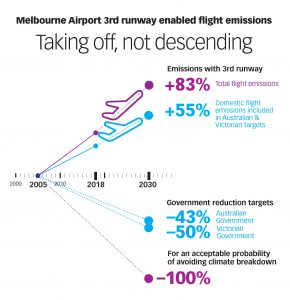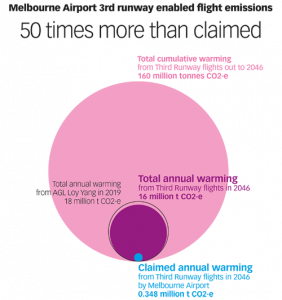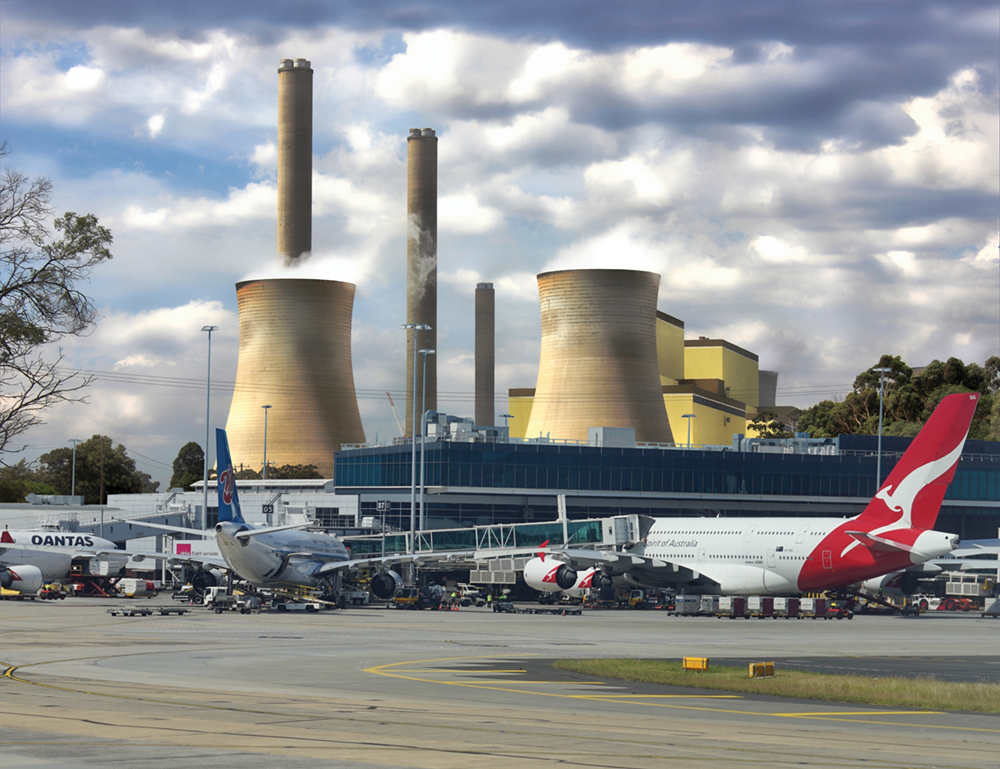Demands
• The proposed Third Runway must be halted because the impact of increasing global heating emissions is an existential risk to society as we know it.
• An Environment Impact Assessment including of the increased global heating emissions, together with an “Avoidance Plan” for assessed impacts, must be completed.
• Delay submission of the Third Runway Major Development Plan to the federal transport minister, until the EIS has been presented for community scrutiny.




